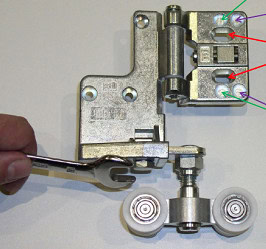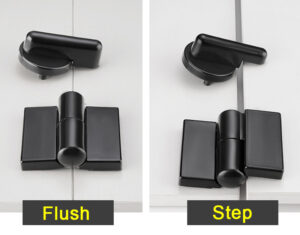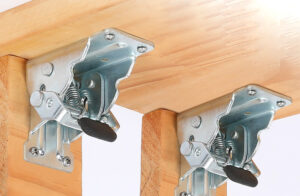Pin hinges are an essential component in various applications, from everyday home furniture to complex machinery. In this blog post, we will delve into the various facets of pin hinges, including their design, functionality, and usage across different industries. Our goal is to provide a comprehensive understanding of pin hinges that can assist in selecting the right type for your needs.
Pin hinges are versatile and widely used components in many mechanical systems, enabling rotational movement between two parts while maintaining alignment. They consist of two leaves connected by a central pin, allowing for pivoting motion.
This exploration will cover everything from basic definitions to specific types like spun pin hinges and their roles in fire-rated and refrigerator doors. So, whether you’re a seasoned engineer or a curious reader, stay with us as we unfold the world of pin hinges.
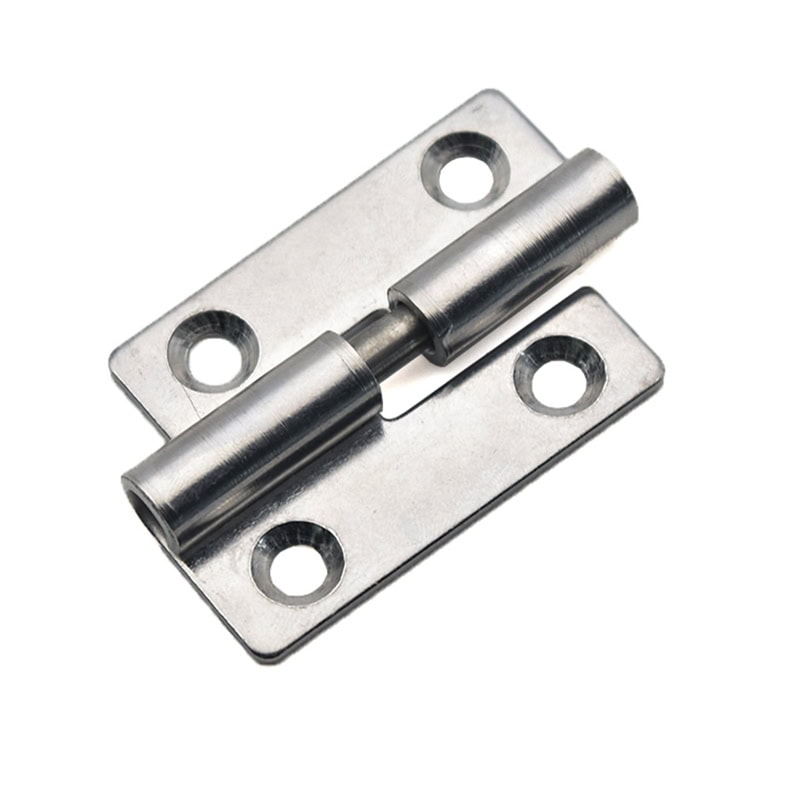
What is a Pin Hinge?
Pin hinges, also known as pivot hinges, are mechanical bearings that connect two solid objects, allowing a limited angle of rotation between them. These hinges are typically composed of two plates or leaves with a central pin that holds them together. This simple yet effective design is prevalent in applications requiring a pivot mechanism.
The versatility of pin hinges allows them to be used in various applications, from everyday items like doors and windows to more specialized applications such as folding machines and agricultural equipment.
Their simplicity and efficiency make pin hinges a preferred choice for many mechanical and architectural applications, emphasizing the importance of understanding their function and benefits.
What is a Spun Pin Hinge?
Spun pin hinges are a specific type of pin hinge where the pin is spun at the ends to hold the leaves together, preventing the pin from slipping out. This method enhances the hinge’s security and durability, making it suitable for applications where reliability is crucial.
These hinges are particularly beneficial in high-stress environments where the hinge must withstand frequent use or heavy loads without the pin loosening.
Understanding the construction and advantages of spun pin hinges can greatly influence their application in fields requiring robust hinge mechanisms, such as heavy machinery or security doors.
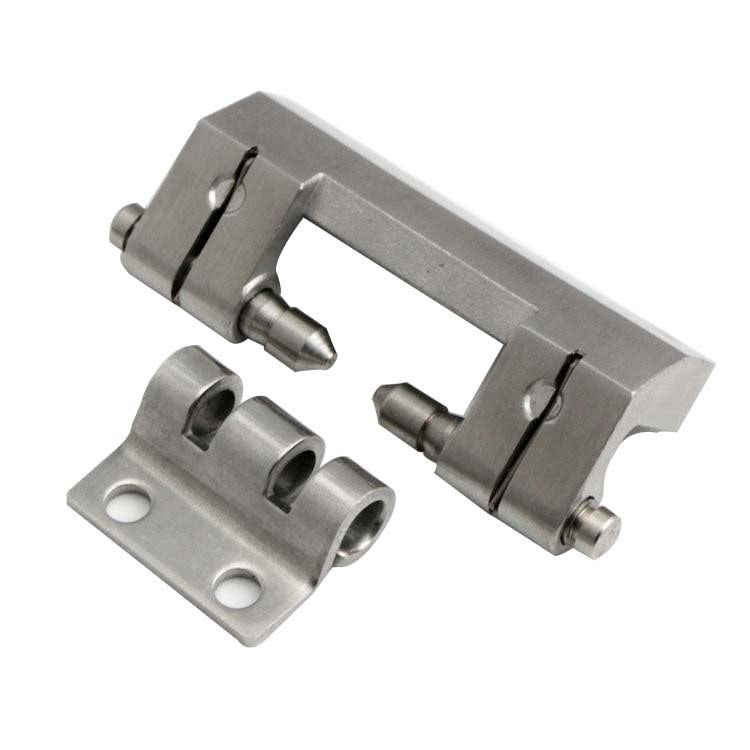
Do All Hinges Have Hinge Pins?
While most traditional hinges feature hinge pins, not all hinges are designed this way. For example, some hinges, like continuous hinges or piano hinges, function without a separate pin. Instead, they use a long, coiled pin that runs the entire length of the hinge.
This design difference is crucial for applications requiring more durable or tamper-proof solutions, as the continuous pin provides increased strength and security.
Knowing whether a hinge has a pin or not is essential for correct maintenance and usage, especially in environments where hinge performance is critical to the overall functionality of the door or access point.
Is Pin and Hinge Support the Same?
Pin and hinge support often refer to the same basic principle of allowing rotational movement between two objects but are used in slightly different contexts. Pin support typically pertains to structural engineering, where it describes a type of support allowing a structure to rotate or pivot without horizontal displacement.
Hinge support, while similar, is more commonly used in the context of mechanical engineering to describe the actual hardware (hinges) that facilitate this movement.
Understanding the nuances between these terms is vital for engineers and designers to ensure the correct application of each in projects ranging from civil infrastructure to consumer products.
Is Pin a Joint Hinge?
The term “pin joint” is often used interchangeably with “pin hinge,” although they can refer to slightly different mechanisms depending on the context. A pin joint is a type of connection in a structure or mechanism that allows the connected members to rotate around the pin as the only degree of freedom.
This makes pin joints crucial for creating moving connections in structures and machinery without the complexity and bulk of more traditional hinge designs.
Pin joints are widely used in engineering applications, including trusses and frames, where simple rotational movement is necessary.
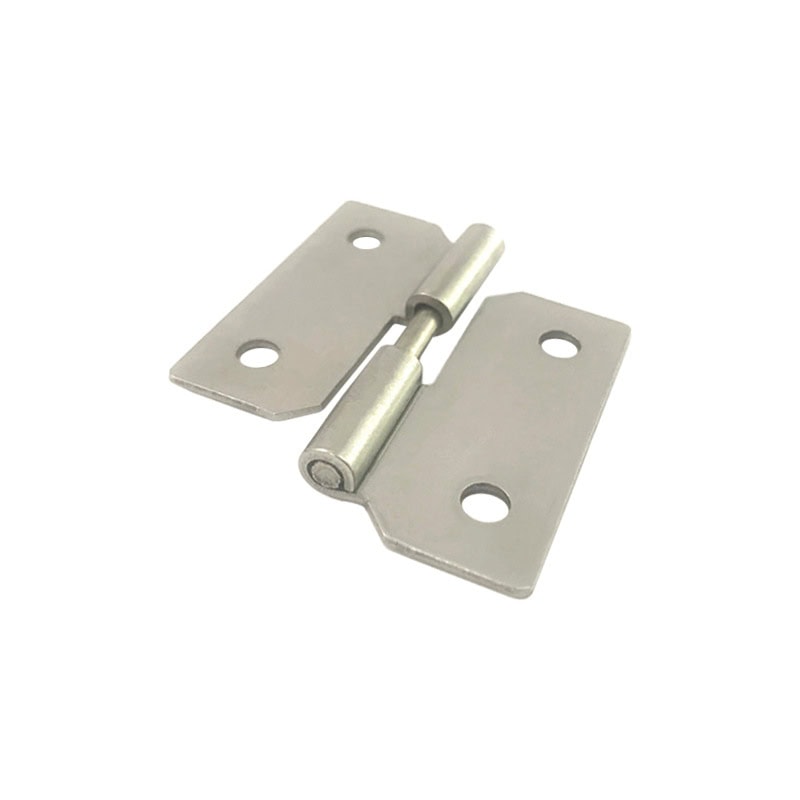
Where are Pin Joints Used?
Pin joints are fundamental in many structural and mechanical systems where rotational movement is required. They are commonly found in trusses, bridges, cranes, and various types of folding furniture.
Their ability to allow controlled movement between connected parts while maintaining a strong bond makes pin joints invaluable in both static structures and dynamic systems.
Understanding the applications of pin joints helps in designing more efficient and reliable products and structures, emphasizing their role in modern engineering and design.
What are Hinge Pins Made Of?
Hinge pins are typically made from robust materials that can withstand the physical stresses of movement and load. Common materials include steel, stainless steel, brass, and sometimes aluminum, depending on the specific requirements of the application.
Choosing the right material for a hinge pin is crucial for ensuring the longevity and functionality of the hinge, especially in environments that may be corrosive or require non-magnetic properties.
The material choice impacts the hinge’s durability, maintenance needs, and suitability for specific environments, such as outdoor applications or fire-rated settings.
Are All Door Hinge Pins the Same?
No, door hinge pins vary significantly depending on the hinge type and the specific application. For example, pins used in fire rated hinges must withstand high temperatures and meet specific safety standards. In contrast, refrigerator door hinges often use pins designed for frequent use and exposure to varying temperatures.
The diversity in hinge pin designs and materials allows for optimized performance in specific applications, highlighting the importance of selecting the right hinge for the job.
This variety ensures that whether a door is part of a high-security installation or a domestic appliance, the hinges perform reliably and appropriately for their intended use.
Why Do Pins Come Out of Hinges?
Pins may come out of hinges due to improper installation, wear and tear, or damage. This can compromise the hinge’s functionality and the overall integrity of the door or structure it supports.
Regular maintenance and inspections are crucial to prevent this issue, particularly in high-use areas where the constant movement can gradually loosen the pin.
Addressing why pins come out of hinges not only helps in troubleshooting door issues but also in implementing better designs and maintenance practices to improve the longevity and reliability of hinge connections.
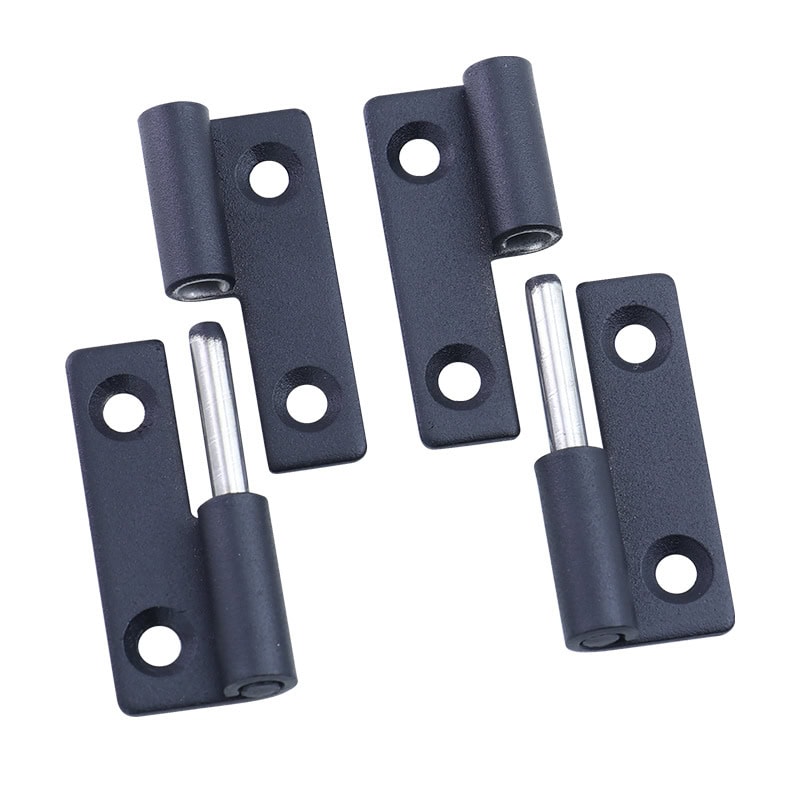
What is the Advantage of Pin Connection?
Pin connections offer several advantages in design and functionality. They allow for easy assembly and disassembly, which is invaluable in structures that require temporary or adjustable connections. Additionally, the simplicity of pin connections facilitates smoother rotation and less wear compared to more complex joint mechanisms.
Their ability to efficiently handle the stresses of rotational and shear forces makes pin connections ideal for many mechanical and structural applications.
This simplicity and effectiveness make pin connections a popular choice in engineering, contributing to safer, more reliable designs.
What is the Difference Between a Pin and a Hinge Connection?
While both pin and hinge connections allow rotational movement, the primary difference lies in their mechanical complexity and load-bearing capabilities. Hinge connections, particularly those using knuckle hinges, are designed to handle heavier loads and provide greater stability for doors and lids.
Pin connections, on the other hand, offer greater simplicity and are typically used where alignment and precision are less critical.
Understanding these differences is crucial for engineers and designers in selecting the appropriate type of connection for their specific needs, ensuring optimal performance and durability.
In conclusion, pin hinges and their various configurations play a crucial role in many applications across industries. Understanding their types, materials, and appropriate uses can lead to better product selections and designs, enhancing functionality and efficiency in numerous engineering and architectural projects.
You may be interested:
- 8 Tips You Need to Know About Partition Hinges
- How to Choose the Right Mechanically Fastened Hinges for Your Project?
- What Are the Hidden Benefits of Installing Maintenance Free Door Hinges?
- Top 8 Things You Should Know About Lift Off Hinges

